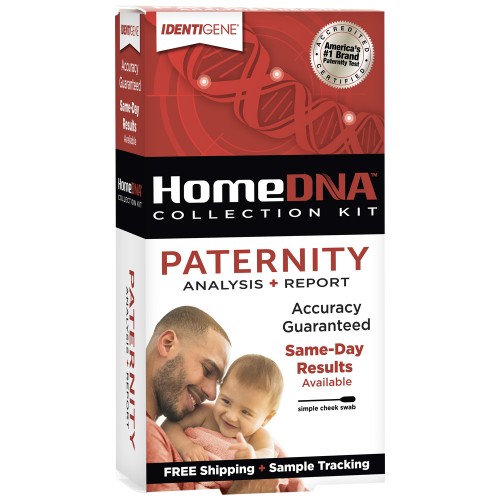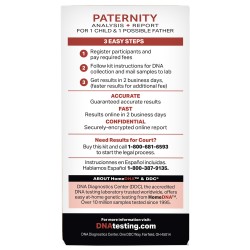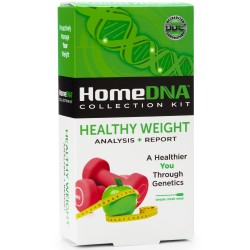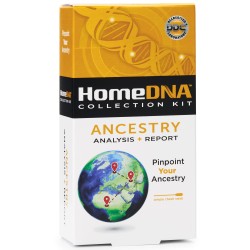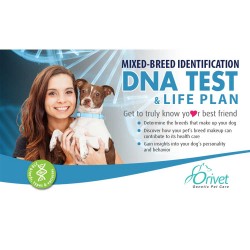The Science
The Science Behind the Test
Extracting the DNA
Genetic scientists and technicians use many methods to extract DNA from cells. All methods use three basic steps:
- Lysing (breaking open) the cells
- Separating the DNA from the rest of the cell
- Collecting the pure DNA in a single sample, ready for testing
Using a special chemical process, we break open the collected cells. This separates the DNA from the nucleus and leaves the scientist with a liquid that contains DNA along with other cell parts not needed for testing, such as proteins and lipids. We then separate the DNA from the other cell parts using sophisticated robotics.
The extraction robot uses more chemicals to transfer the DNA mixture to tiny silica-based nano-beads (one billionth of a meter in size); the DNA sticks to the beads while the other cell parts are washed away.
The final step, the elution step, removes the DNA from the beads. The robot collects the pure DNA, which is now ready for the next step in the paternity testing process.
PCR: Amplifying (Copying) the DNA
The DNA scientist puts the extracted DNA into a special solution containing primers. Like toner in a biological copy machine, primers find and make copies of the DNA sample-just those specific regions that we need for a paternity test.
The copy process begins by separating the double-stranded DNA-simply by turning up the heat. As the solution cools, the primers bind to single-stranded DNA, making two copies of the original. We repeat this process (heating and cooling the DNA and the primers) 28 times, making millions of copies of tiny DNA fragments that can now be detected and viewed by a special machine called a genetic analyzer.
Scientists refer to this ‘biological copy machine’ process as Polymerase Chain Reaction, or PCR.
Measuring DNA for Paternity Testing
The complete PCR process makes copies of 16-18 Genetic Systems (sometimes called markers or loci) to make one DNA Profile: 15-17 markers useful for paternity and one (1) gender marker (used for test-participant verification). Each individual person has different sizes or lengths of DNA fragments at each Genetic System. Special software measures the different sizes of the DNA sections, represented by two numbers (alleles) at each Genetic System on your paternity test report. We then use this information to answer your paternity question.
Paternity Test Reporting
A child’s DNA Profile is always a combination of half the father’s markers and half the mother’s markers. If the tested (possible) father does not share matching markers with the child, then the tested man is excluded as the biological father (he is not the father). If the DNA Profiles do match, the father is not excluded (he is the father) and the probability of paternity is reported (typically greater than 99.99%).
SHOP ONLINE NOW: CVS RITE AID WALGREENS WALMART.COM
